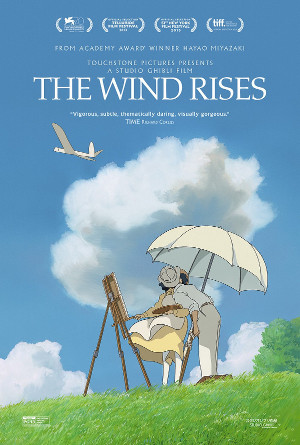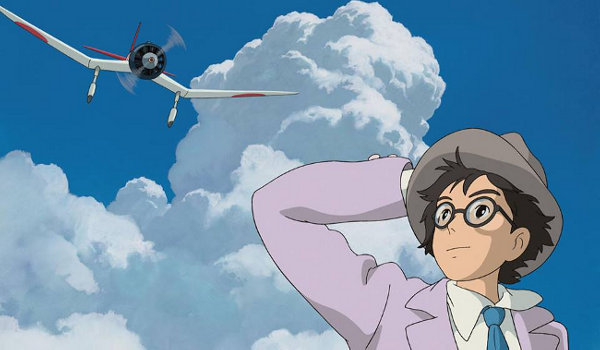 Over a lifetime in animation, Japanese film director Hayao Miyazaki has made a name for himself as one of the premiere filmmakers of his generation. Although I haven’t always loved his films (I found Princess Mononoke too bizarre for my tastes and a bit unwieldy with its 133-minute running time), it’s impossible to come out of any Miyazaki film without a profound respect for the talented man who brought them to the screen.
Over a lifetime in animation, Japanese film director Hayao Miyazaki has made a name for himself as one of the premiere filmmakers of his generation. Although I haven’t always loved his films (I found Princess Mononoke too bizarre for my tastes and a bit unwieldy with its 133-minute running time), it’s impossible to come out of any Miyazaki film without a profound respect for the talented man who brought them to the screen.
For his final film, Miyazaki delivers a love story to aviation in the fictionalized biography of Japanese aircraft designer Jiro Horikoshi (Hideaki Anno), a young man with dreams of building beautiful flying machines who would design the Mitsubishi A5M and Mitsubishi A6M Zero which Japan used during WWII.
Adapted from the novel by Hori Tatsuo, The Wind Rises may not quite be the all-ages adventure some might be hoping for, but it beautifully captures the fire of imagination that drives Jiro in his designs and the lively but ill Naoko (Miori Takimoto) whom he falls desperately in love with. As he approaches his life’s ambition he feels the other great love of his life slowly fading away.
The version of the film I viewed was presented in Japanese with English subtitles. However, there is an English dubbed version of the film featuring the voices of Joseph Gordon-Levitt, John Krasinski, Emily Blunt, Martin Short, Stanley Tucci, and others. Having not seen this version, I can’t compare it to the movie’s original actors and vocal track.
Although the lack of subtitles would certainly make it more approachable to younger audiences, I’ll stand by my initial statement about the subject matter being for a slightly older audience who reading the dialogue wouldn’t necessarily be a hindrance. If one version appeals to you more than the other you might do some searching to see which is playing in a theater near you (or you may have to wait for the DVD and Blu-ray to make the choice for yourself).

Whichever version you prefer, The Wind Rises is an easy recommendation, as Miyazaki caps his career with a straightforward tale which has much going on under the surface touching on various themes the director returns to once more including flight, love, dreams, and the complex nature of Jiro’s designs eventually being used for a much darker purpose.
Both longtime fans of Miyazaki’s work and those lucky enough to discover him for the first time should have no trouble embracing this love story to aviation, dreams, and a simpler time and place in which they lived.







Comments on this entry are closed.